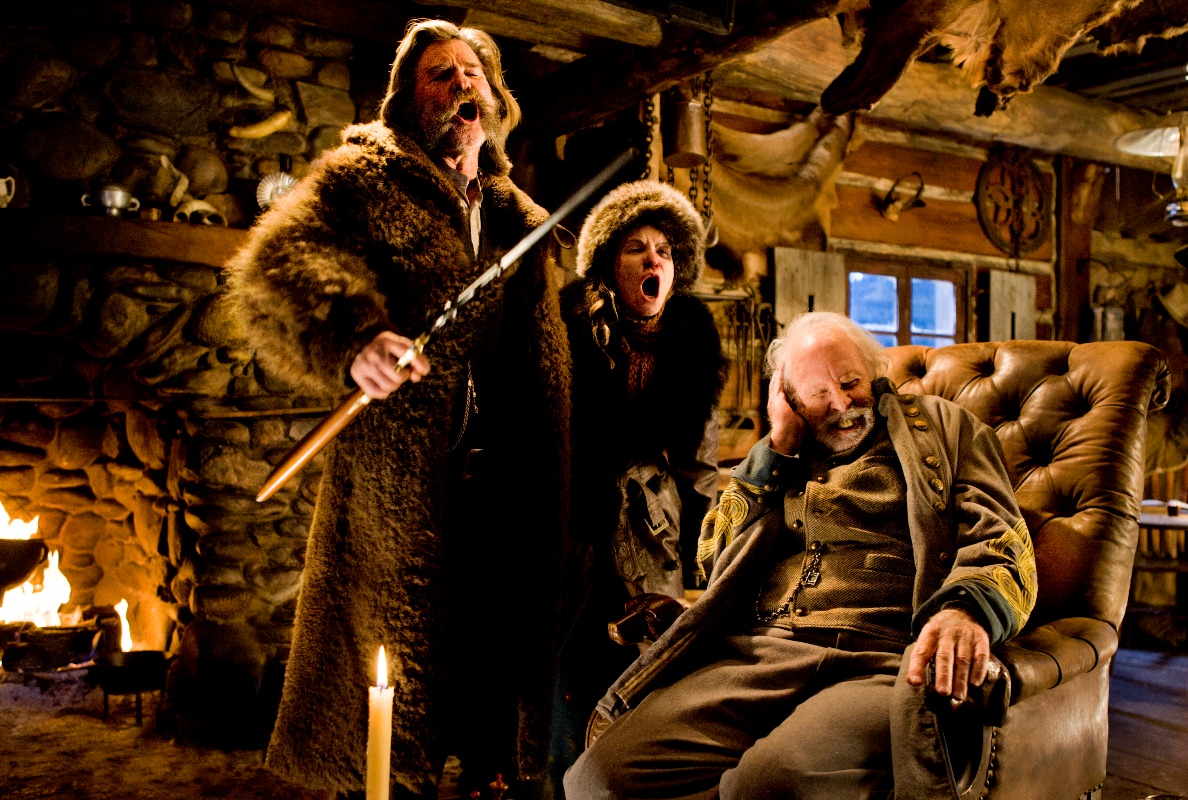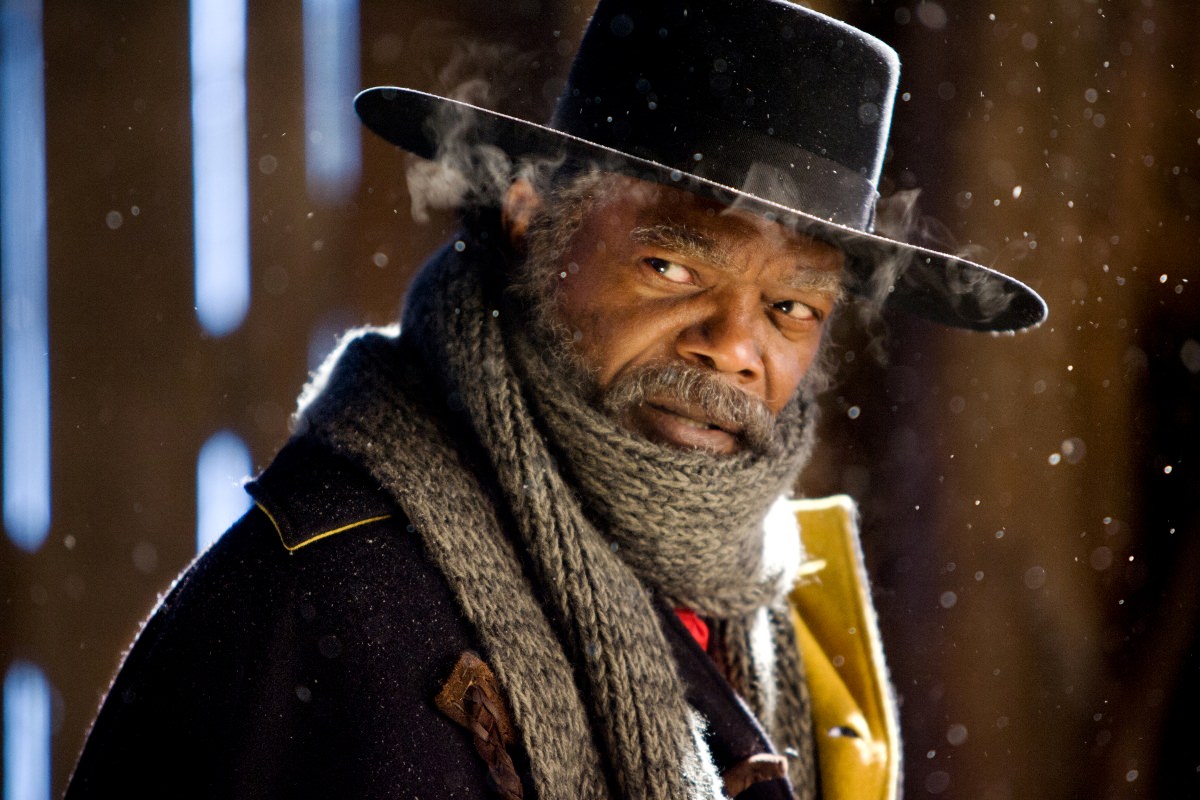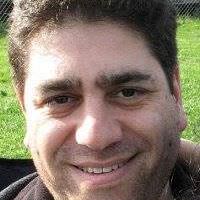Talking to Stacey Sher, Producer of Quentin Tarantino’s The Hateful Eight
Producer Stacey Sher first worked with director Quentin Tarantino on his 1994 film Pulp Fiction, in which she was executive producer. Twenty-one years later she’s working with him again on his 70mm widescreen extravaganza The Hateful Eight, their third film together (after 2012’s Django Unchained on which she was a producer). In between those films, even a partial list of her credits reads like a best-of list from the last two decades: Get Shorty (1995); Gattaca (1997); Out Of Sight (1998); Man On The Moon (1999); Erin Brockovich (2000); Garden State (2004); Word Trade Center (2006); Contagion (2011). We spoke with Ms. Sher by phone on the production saga that was The Hateful Eight.
https://www.youtube.com/watch?v=6_UI1GzaWv0
What’s your process when you receive a new script from Quentin?
This one was a little bit different. I got the script two years ago, in December, and that was the famous first draft that leaked. And I was in the small group of people that he had shared the script with. I think he called me and said ‘what are you doing right now, come over, I want to you read it.’ Which is always a fun process because he will pace around and ask you questions, I love it. I know he was planning to do more work on the script and then it was quite unfortunate when the script leaked. He really felt violated. And [this one was an early draft], unlike most of his scripts, where he gets to a point where he feels he’s completely finished, and then he has what he refers to as “publishing day,” and then he could care less if everybody reads it. But this was really a work in progress, and he only shared it with a small group of people. To continue that process, he decided that the craft of this one would necessitate him doing two or three drafts, which was in fact what he ended up doing. Then he thought, ‘I’ll scrap the movie, I won’t make it. Maybe I’ll do it as a stage play. Maybe I’ll publish it as a novel.’ Then his friend Elvis Mitchell approached him about doing a live stage reading for LACMA. And he was continuing to work on the script for other outlets, but then the stage reading really brought everything together.
When Quentin decided to make it as a movie after all, what is your process in helping him achieve that?
It was extremely logistically complicated. He would not have had the confidence to do this without Bob Richardson [cinematographer]. There were big logistical things to work out in transportation. On Django Unchained, we had the best boss wrangler in the world in Rusty Hendrickson, [he came onboard as head wrangler for The Hateful Eight]. James Parks and Zoe Bell started working with the horses in September [2014, five months before principal photography began in Jan 2015]. By October the horses were moved out to Denver, because they had to get acclimated [to the high altitude] just like people have to get acclimated to it. And driving a six horse stage coach team is very challenging.
https://www.youtube.com/watch?v=pJ_SuNfs9_s
You constructed Minnie’s Haberdashery set, both exterior and interior, at your location site at Wilson’s Peak, Telluride, CO?
Marvin Schmidt, who owns the Schmidt Ranch [property on which sets were built] was incredible. We built the barn, all the outbuildings and all of Minnie’s. What [production designer] Yohei Tenada’s team was able to do was a huge undertaking, because we had to start right away as soon as we chose our location. We had to start building before the snow came, before the ground started freezing, we had to get the infrastructure in there. It was a huge undertaking to build those two buildings, which are gigantic in scale.

Minnie's Haberdashery: Kurt Russell, Jennifer Jason Leigh & Bruce Dern on the set of 'The Hateful Eight.' Courtesy Weinstein Co.
And you shot most of your interiors on those location sets in addition to the exterior work?
Very much so. What might have seemed like it could have been indulgent, turned out to be a lifesaver, because the $100,000 extra that maybe we spent finishing the interiors [at Red Studios in L.A.] saved us millions of dollars on location because we would have been shut down waiting on the weather on location if only could do exterior shots. So Quentin and the actors were unbelievably flexible, as was the crew, because we basically had three scenarios every day that were dictated by weather. And we joke that our schedule – it’s not even a joke – was literally un-posted. Georgia Kacandes and Bill Clark, our line producer and first A.D., and I, worked out a system with Quentin where if it was sunny that was our coverage set – we went into Minnie’s and shot interiors. If it was overcast, we went into the stagecoach and shot all the traveling shots. If it was snowing we went out with a priority list of our snow scenes, and we prepped to go in any direction. We couldn’t have done this without a director who really knew what he wanted and was tremendously flexible, without a stellar crew that could move in any direction, and without actors that were completely off book and could be brilliant in whatever scene you dropped them into.

Samuel L. Jackson is Major Marquis Warren in 'The Hateful Eight.' Courtesy Weinstein Co.
Moving into post, are you editing digitally or on film?
We edited on an AVID, but we conformed and Quentin viewed in 70mm. We had weekly screenings at the DGA and Quentin would view everything up to what he had cut. Because the format is so wide, you can’t get used to looking at it, and see what you’re seeing, even if you’re on a big television. The editing crew was always conforming right behind him. We were really blessed with the greatest team. And our post production coordinator Tina Anderson is a goddess, and [Editor] Fred Raskin and [Associate Editor] Andrew Eisen and the entire editorial staff are extraordinary. Without Panavision, Kodak and Photo Kem, all of them viewing this as a legacy project, we never could have got this done. Also without Erik Lomis from The Weinstein Company who began a year and a half ago buying up these 70mm projectors to have for the screenings now, and Boston Light and Sound, for re-constituting them, we never could have executed this big dream of Quentin’s.



